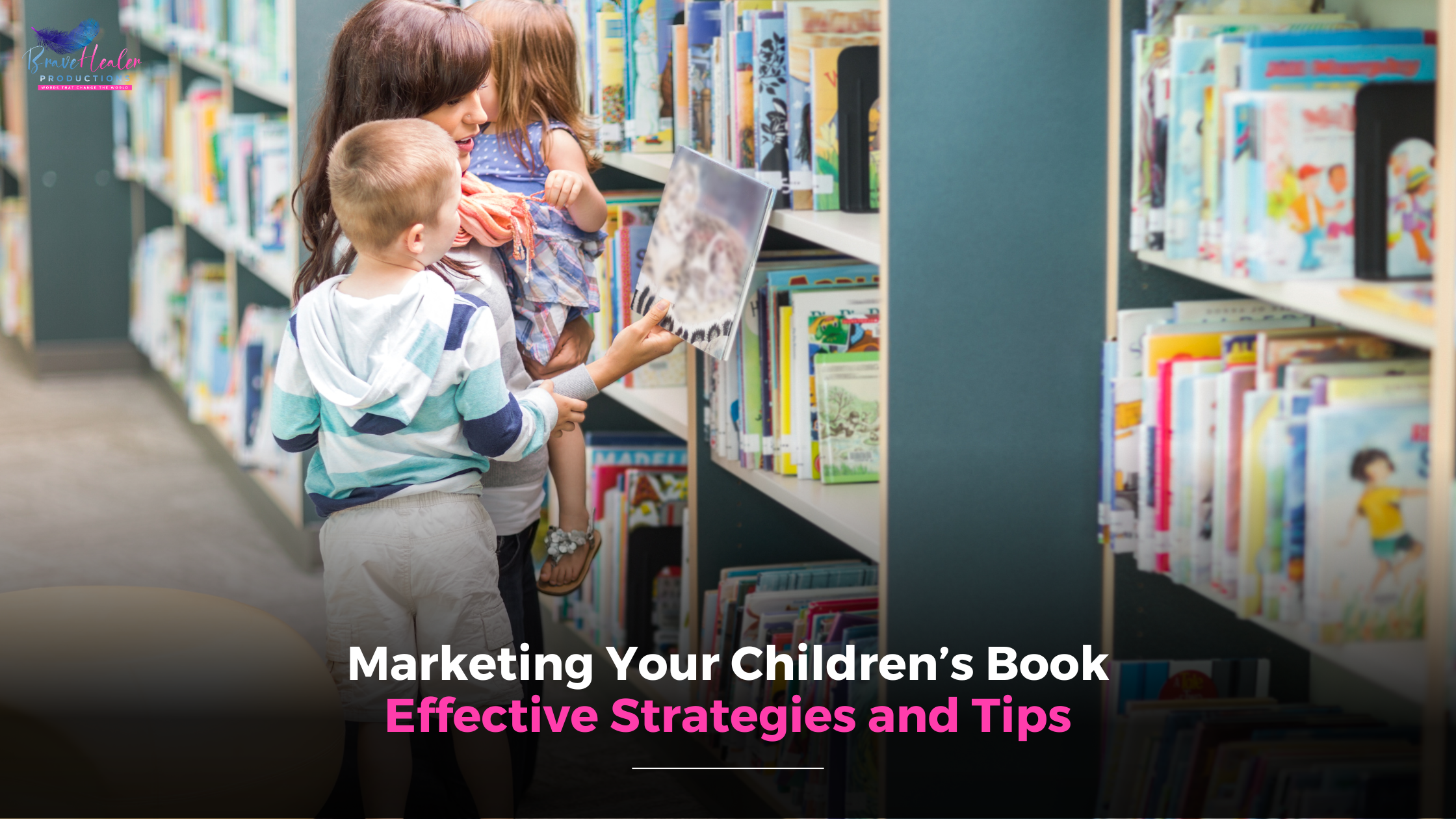Many people assume that writing children’s books is a breeze. After all, it’s a 32-page book for 5-year-old kids. But, the reality is that marketing children’s books is a unique beast that requires a different approach.
When you Google marketing children’s books, you’re bombarded with a plethora of strategies, but most of them focus on the adult market. It’s only when you become a children’s author that you realize the stark difference. So, what makes marketing children’s books so distinct?
Firstly, children’s books are the only type of book where you aren’t marketing directly to your ideal reader. Since children don’t buy books, you must market to adults, which means your campaigns must be tailored to the adult audience. This is a crucial distinction that sets children’s book marketing apart from other genres.
Secondly, although you’re marketing to adults, your book must still resonate with the actual children you wrote the book for. This means you must craft a story that appeals to two different audiences: the child (your ideal reader) and the adult book purchaser (your ideal customer).
Lastly, the children’s book industry has its own unique distribution channels, such as schools and children’s libraries, which require specialized marketing strategies.
Despite these differences, children’s book marketing doesn’t have to be hard. Here is what you need to know:
9 Innovative Ways To Market Children’s Books
1. Build Your Author Brand
Your author brand is the foundation of your marketing efforts. It’s what sets you apart from other authors and helps readers connect with you on a personal level. To build your author brand, create a professional website that showcases your books, bio, and contact information. Use social media platforms like Instagram, Facebook, and Twitter to share updates about your books, writing process, and personal life. Engage with your audience by responding to comments and messages, and by sharing behind-the-scenes content.
2. Leverage Social Media
Social media is a powerful tool for reaching your target audience. Use relevant hashtags to reach a wider audience, and share engaging content like videos, images, and infographics to capture readers’ attention. Collaborate with influencers and other authors to expand your reach, and use paid advertising options like Facebook Ads and Instagram Ads to target specific demographics and interests.
3. Get Your Book in Libraries
Libraries are a great way to get your book in front of a wider audience. Research local libraries and submit your book for consideration. Create a library marketing kit that includes a press release, book summary, and author bio. Offer to do book talks and signings at libraries to promote your book.
4. Plan School Visits
School visits are a great way to connect with your target audience and promote your book. Research local schools and submit your book for consideration. Create a school visit package that includes a book talk, signing, and Q&A session. Offer to do workshops or writing classes for students.
5. Enter Children’s Book Festivals
Children’s book festivals are a great way to connect with your target audience and promote your book. Research local and national festivals and submit your book for consideration. Create a festival marketing kit that includes a press release, book summary, and author bio. Offer to do book talks and signings at festivals to promote your book.
6. Send Your Book for Children’s Book Awards
Children’s book awards are a great way to get your book noticed and promote your book. Research local and national awards and submit your book for consideration. Create an award marketing kit that includes a press release, book summary, and author bio. Offer to do book talks and signings at award ceremonies to promote your book.
7. Optimize Your Amazon Page
Your Amazon page is a crucial part of your marketing efforts. Use relevant keywords to optimize your book title, subtitle, and description. Use high-quality images and formatting to make your book stand out. Encourage readers to leave reviews and ratings to increase visibility.
8. Advertise Yourself by Writing Magazine Articles/Guest Posts
Writing magazine articles and guest posts is a great way to promote your book and establish yourself as an expert in your field. Research local and national magazines and submit article ideas. Create a portfolio of your writing samples and send them to editors. Offer to write guest posts for other authors and bloggers to expand your reach.
9. Buy Ads Online
Buying ads online is a great way to reach a wider audience and promote your book. Research local and national online advertising options like Facebook Ads and Google AdWords. Create a targeted ad campaign that reaches your target audience. Monitor and adjust your ad campaign to optimize results.
Marketing a children’s book doesn’t have to be complicated. It’s not about implementing a list of 1000 ways to market your book—it’s about picking a few things and mastering them.
Remember to stay focused, persistent, and creative in your marketing efforts, and don’t be afraid to try new things and adapt to changing trends.
And most importantly, believe in yourself and your book. You have a unique story to tell, and the world needs to hear it. So, take a deep breath, be brave, and let your imagination soar!
Submit your short story idea for our next Brave Kids collaboration help and let us help you turn your vision into a gorgeous, inspiring children’s book that kids will want to read again and again. We’ll guide you through the entire process – from writing and designing to publishing, launching, and promoting your children’s book.
For more queries reach us at: support@www.lauradifranco.com








